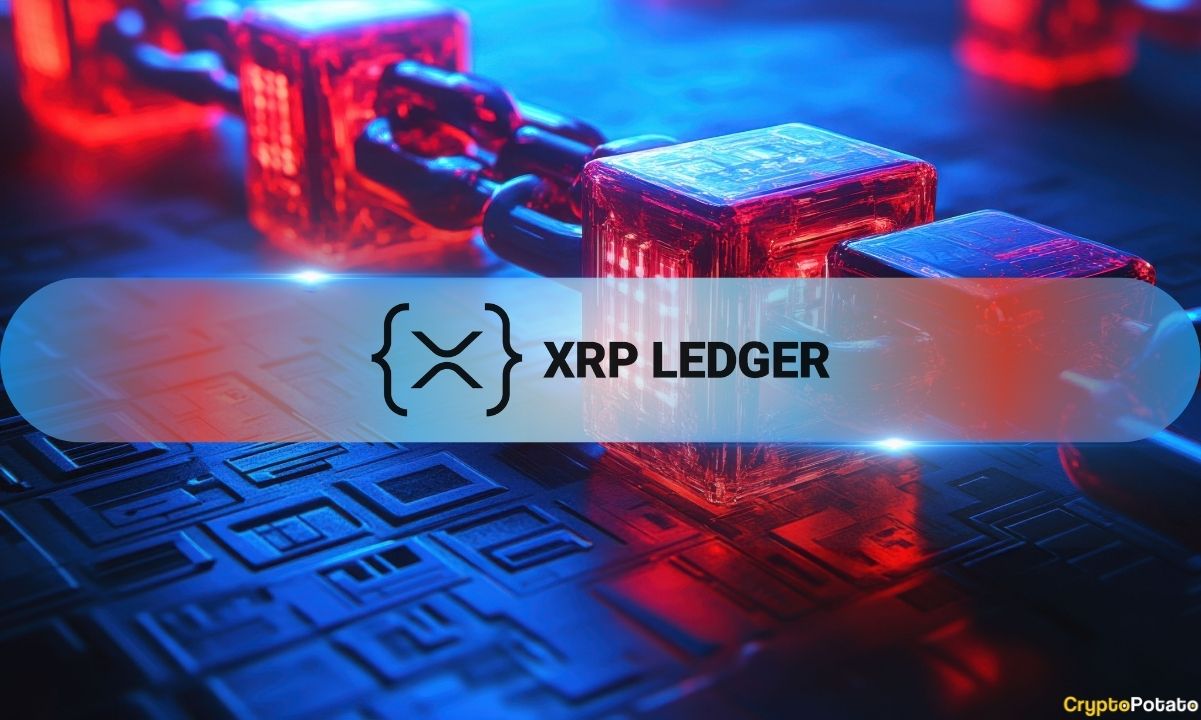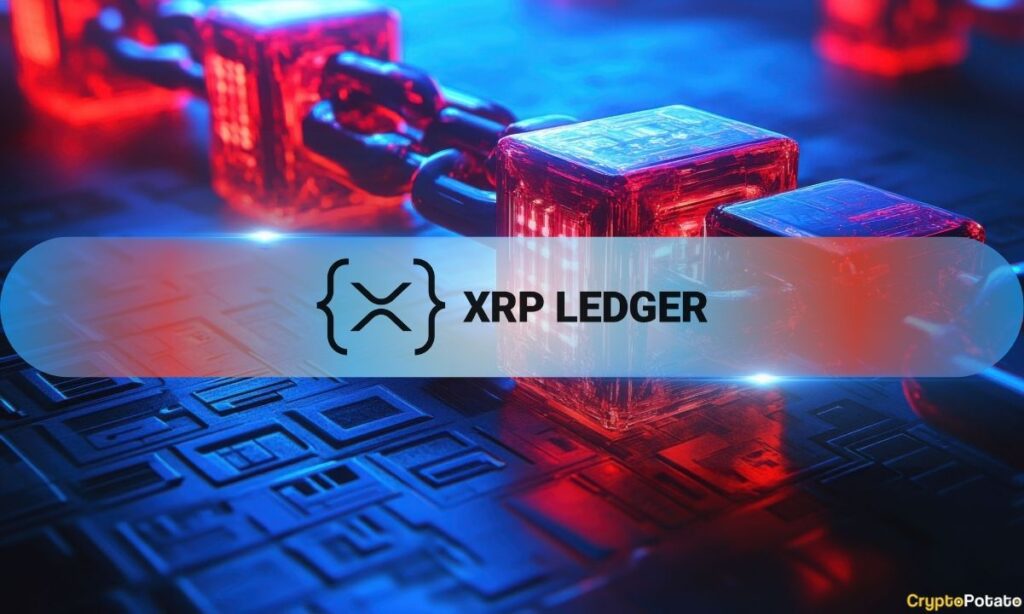
David Schwartz launched a two-tiered staking design for the XRP Ledger to enable staking rewards without giving Ripple undue influence.
A new proposal from Ripple Chief Technology Officer David Schwartz could fundamentally reshape how the XRP Ledger (XRPL) works.
Schwartz revealed a concept for a two-tiered staking system during a public debate on November 19, which aims to introduce staking rewards while preventing the centralization of power.
A new approach to network security
The conversation began when XRP commentator WrathofKahneman expressed concerns that staking would structurally validate Ripple’s already significant influence on the ledger, given that the company holds the largest supply of its native XRP token.
Schwartz responded with a preliminary solution, designed to leave control of the funds staked to individual validators. Additionally, he presented slashing, the penalization of misbehaving validators, as a last resort rather than the primary enforcement tool.
However, he acknowledged that this approach could lead validators to only accept entries from their “friends”, thereby creating new risks linked to centralization.
To solve this problem, Schwartz presented a two-tier model based on a new governance token. Anyone could create such a token, which, he stressed, is meant to be “valueless” with rules aimed at limiting its circulation so that it cannot acquire any economic value. Holders of this token would collectively manage the list of validators, replacing the Unique Node List (UNL) with a standalone system.
In the event of holder misconduct or collusion, participants could “governance fork,” essentially creating a new token and pointing their servers to it. Schwartz compared this approach to nuclear deterrence, which would be effective mainly because it is too cumbersome to use, especially in a network with stablecoins, which cannot be easily forked.
You might also like:
Reactions to the staking proposal have been mixed. Some, like user Others reminded followers that amendment votes today focus on the activation schedule, with nodes still choosing which software to run locally.
XRP Market Pressure
As the technical discussion unfolds, XRP has been going through a rough patch in the market, with data obtained from CoinGecko at the time of writing showing the token trading around $2.15, down around 10% over the past week.
Recent data from Glassnode also revealed that only 58.5% of XRP’s supply is currently profitable, the lowest level in a year, indicating a top-heavy market where many recent buyers are facing losses.
This price fragility exists despite an important milestone: the launch of the first XRP spot ETFs in the United States. Canary Capital’s XRPC fund began trading last week and has attracted hundreds of millions of dollars, with products from Franklin Templeton, Bitwise and others expected to follow soon.
SECRET PARTNERSHIP BONUS for CryptoPotato readers: Use this link to sign up and unlock $1,500 in exclusive BingX Exchange rewards (limited time offer).




